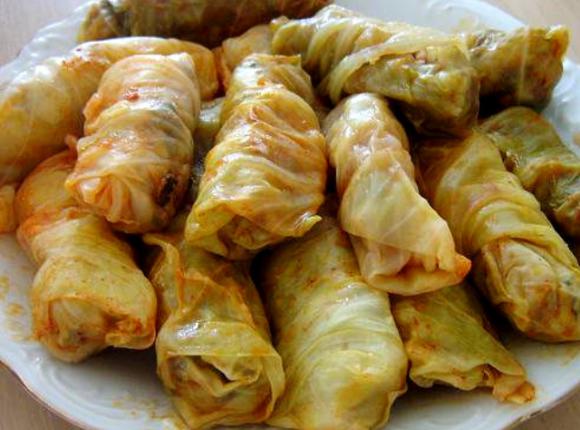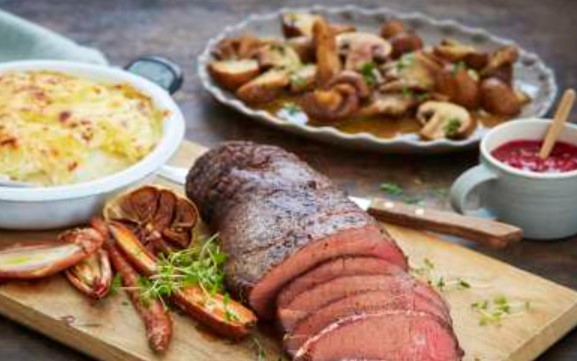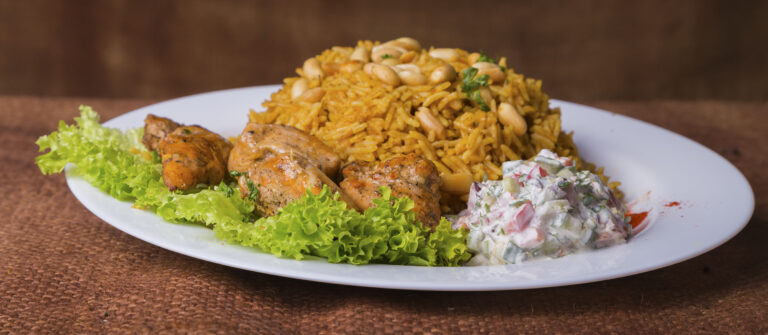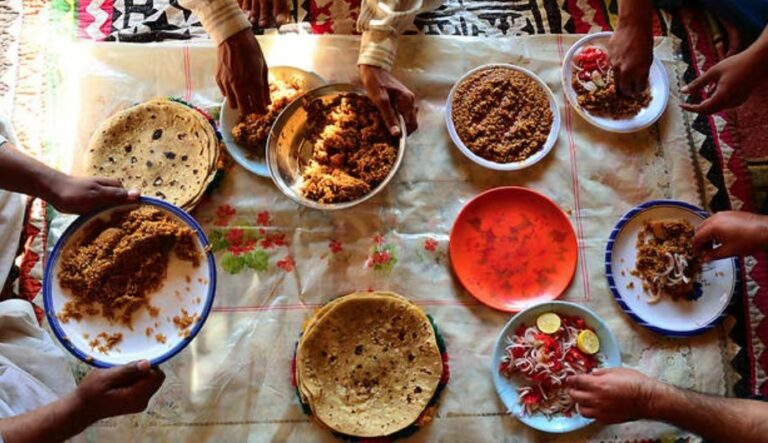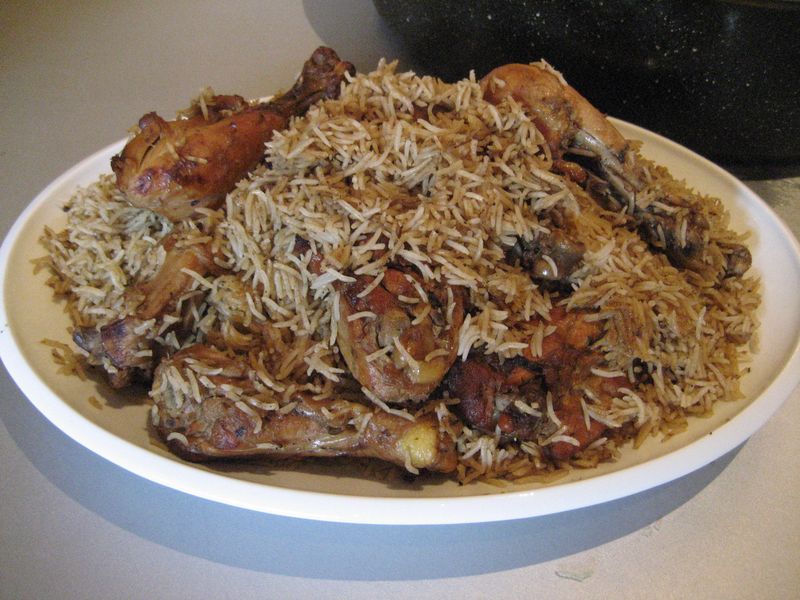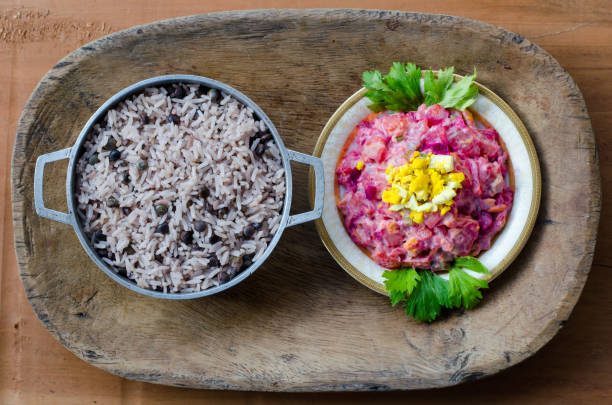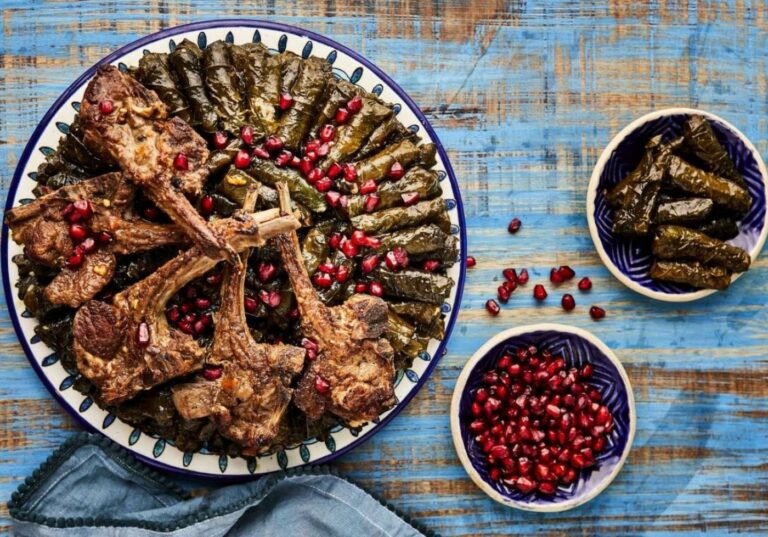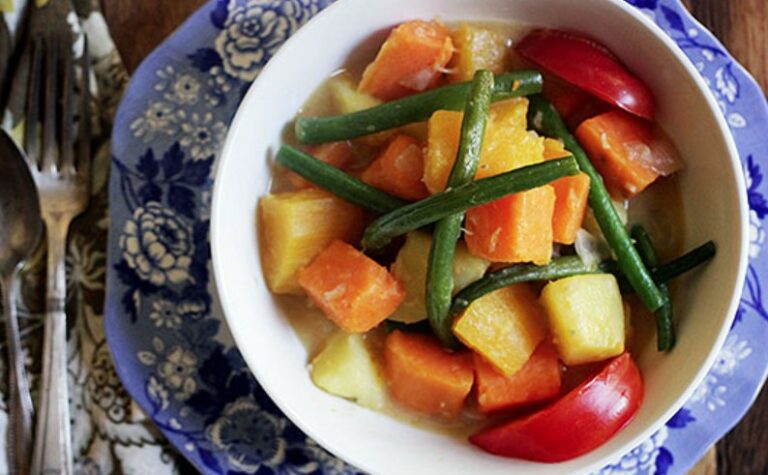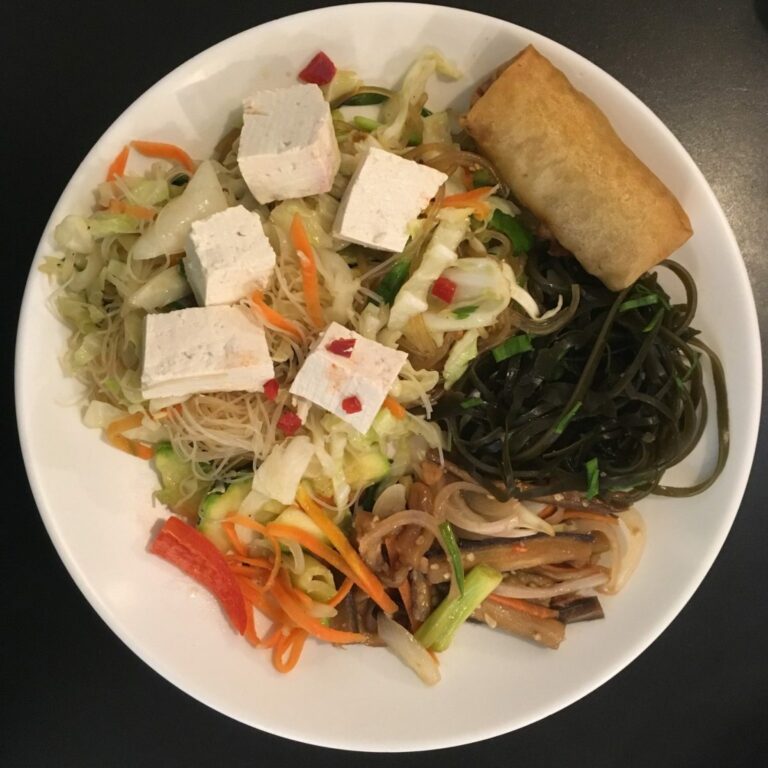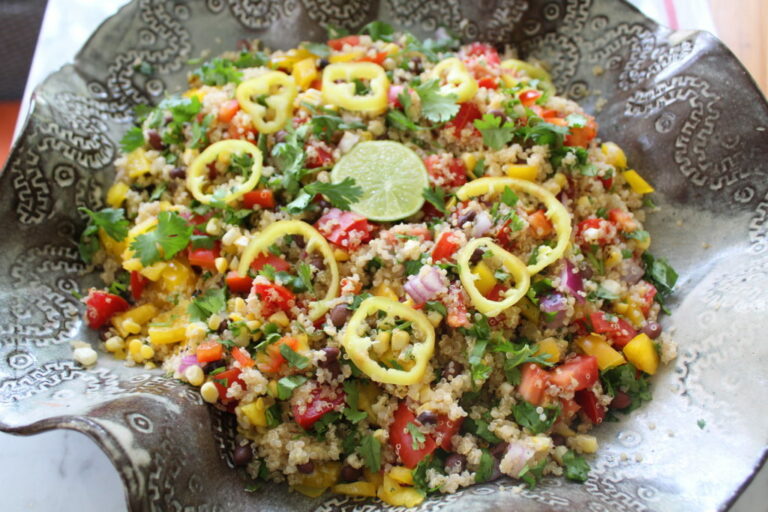Introduction: Vegetarianism in North Macedonia
Vegetarianism is gaining popularity all over the world, including in North Macedonia. With an increasing number of people adopting a vegetarian lifestyle, the demand for vegetarian options in restaurants and cafes has also increased. However, North Macedonian cuisine is known for its meat-based dishes, making it difficult for vegetarians to find options that fit their dietary preferences.
Traditional North Macedonian Dishes with Vegetarian Options
While North Macedonian cuisine is predominantly meat-based, there are a few traditional dishes that are vegetarian-friendly. One such dish is Turlitava, a hearty stew made with various vegetables such as peppers, eggplant, zucchini, and tomato. Another dish is Ajvar, a spread made with roasted red peppers, eggplant, and garlic. It is commonly used as a condiment and can be enjoyed with bread or as a side dish.
Additionally, a popular dish called Pindjur, made with roasted peppers and tomatoes, can be served as a dip or spread. Similarly, Tarator, a cold soup made with yogurt, cucumbers, and garlic, can also be a refreshing vegetarian option.
Popular Vegetarian Side Dishes in North Macedonia
Many North Macedonian side dishes are vegetarian-friendly and can be ordered as a meal on their own. Shopska salad is a popular side dish made with cucumbers, tomatoes, onions, peppers, and feta cheese. Another option is Gravce Tavce, a stew made with beans, onions, peppers, and tomato sauce that is often served with bread.
Similarly, North Macedonian cuisine offers a variety of stuffed vegetables, including stuffed peppers and tomatoes. These dishes are typically filled with rice, vegetables, and spices and are a great vegetarian option.
Vegetarian Street Food in North Macedonia
North Macedonian street food offers a range of vegetarian options. One popular street food is Burek, a flaky pastry filled with cheese, spinach, or potato. Another option is Kifli, a crescent-shaped pastry filled with cheese, spinach, or jam. These pastries can be found in bakeries and stalls throughout the country.
Similarly, Pogacha, a type of bread, can be found with various vegetarian fillings such as cheese or vegetables. Fried dough called Langos is also a popular street food, and can be served with toppings such as garlic sauce, cheese, and sour cream.
Vegetarian-Friendly Restaurants in North Macedonia
While North Macedonian cuisine is heavily meat-based, there are a growing number of vegetarian-friendly restaurants in the country. One such restaurant is the Gostilnica Hum, which offers a variety of vegetarian dishes such as vegetarian sausages and falafel. Another option is the Green Market restaurant, which offers a vegetarian buffet with a variety of options.
Conclusion: Exploring Vegetarianism in North Macedonian Cuisine
While North Macedonian cuisine is known for its meat-based dishes, there are still many vegetarian options available. From traditional dishes like Turlitava and Ajvar to popular street food like Burek and Kifli, there is a wide variety of vegetarian options to explore. With the growing popularity of vegetarianism, more and more restaurants are offering vegetarian options, making it easier for vegetarians to enjoy North Macedonian cuisine.

